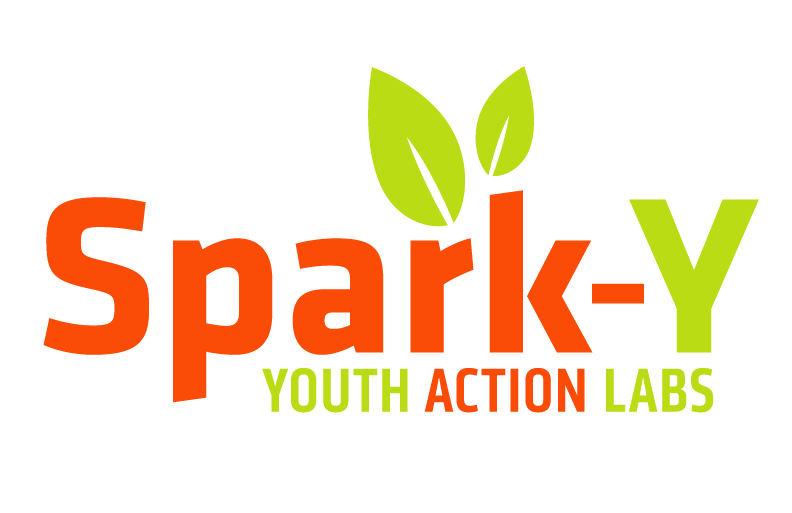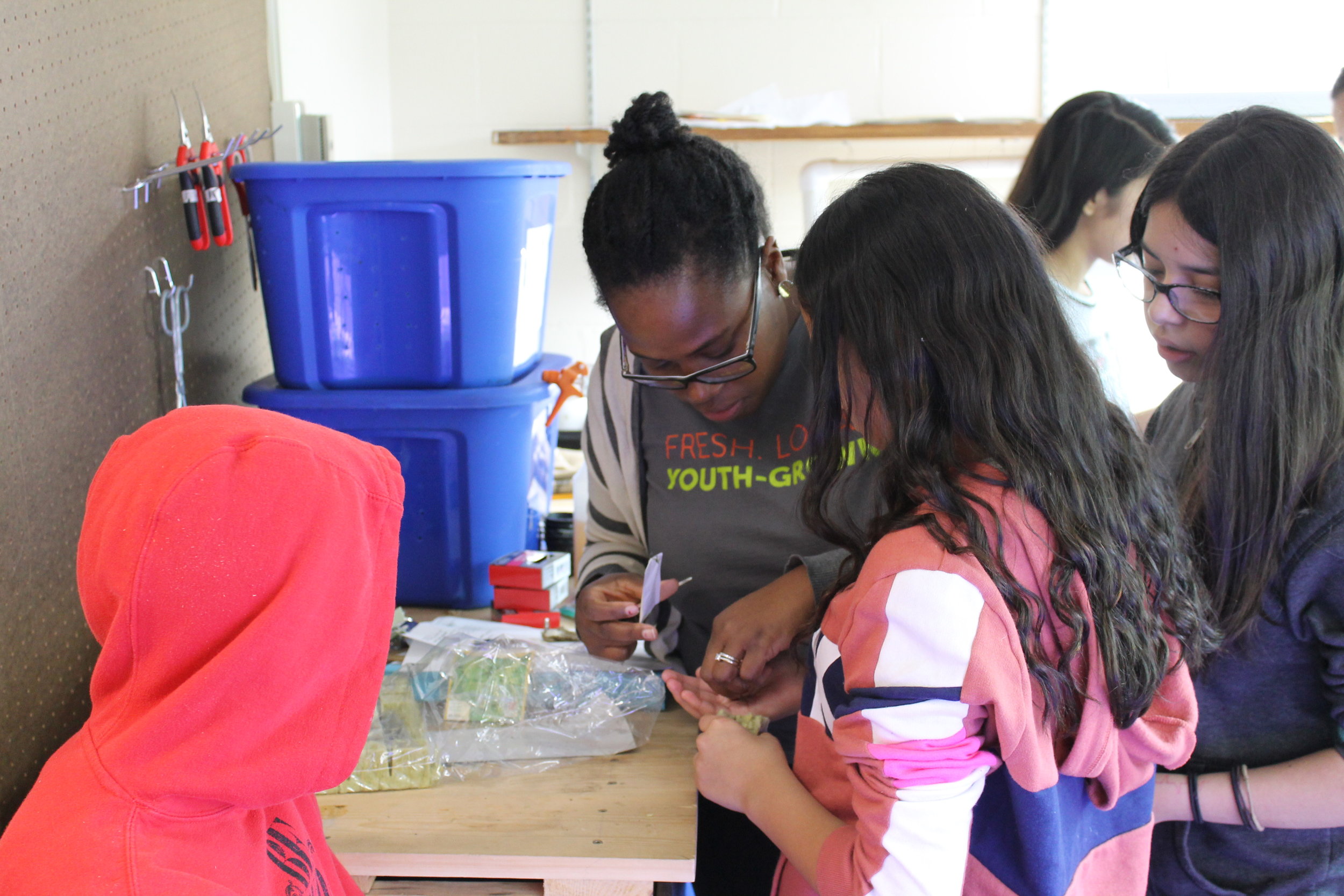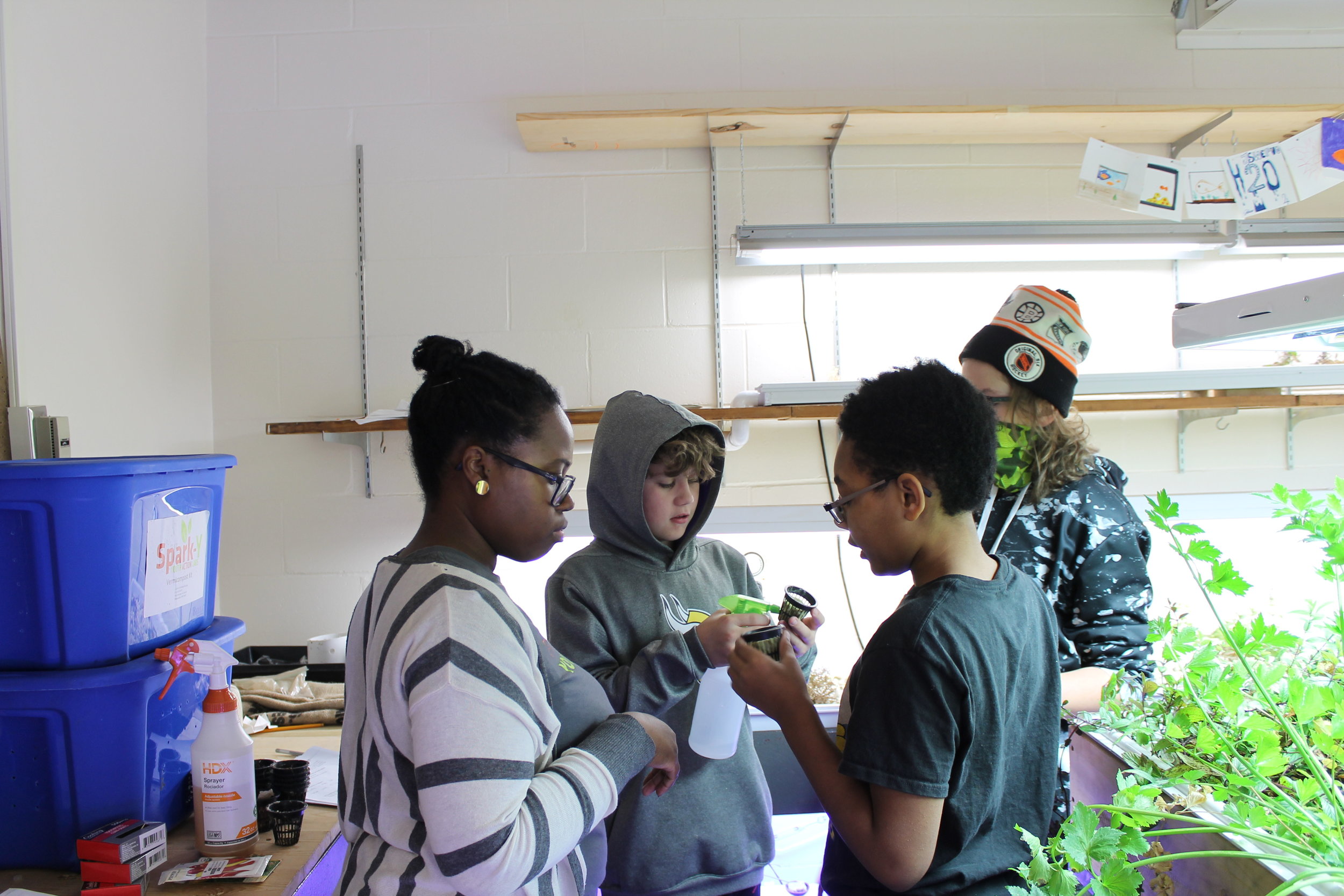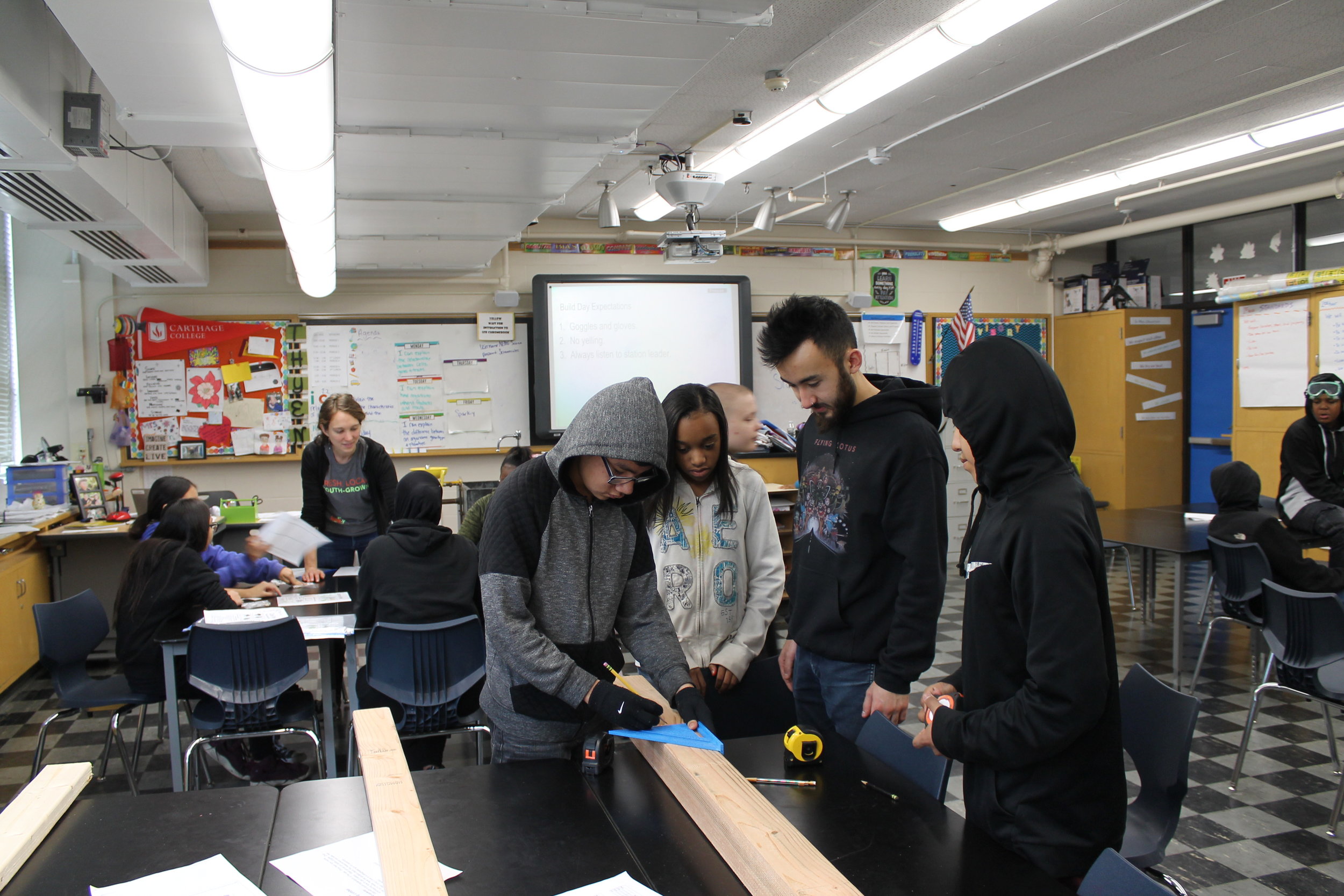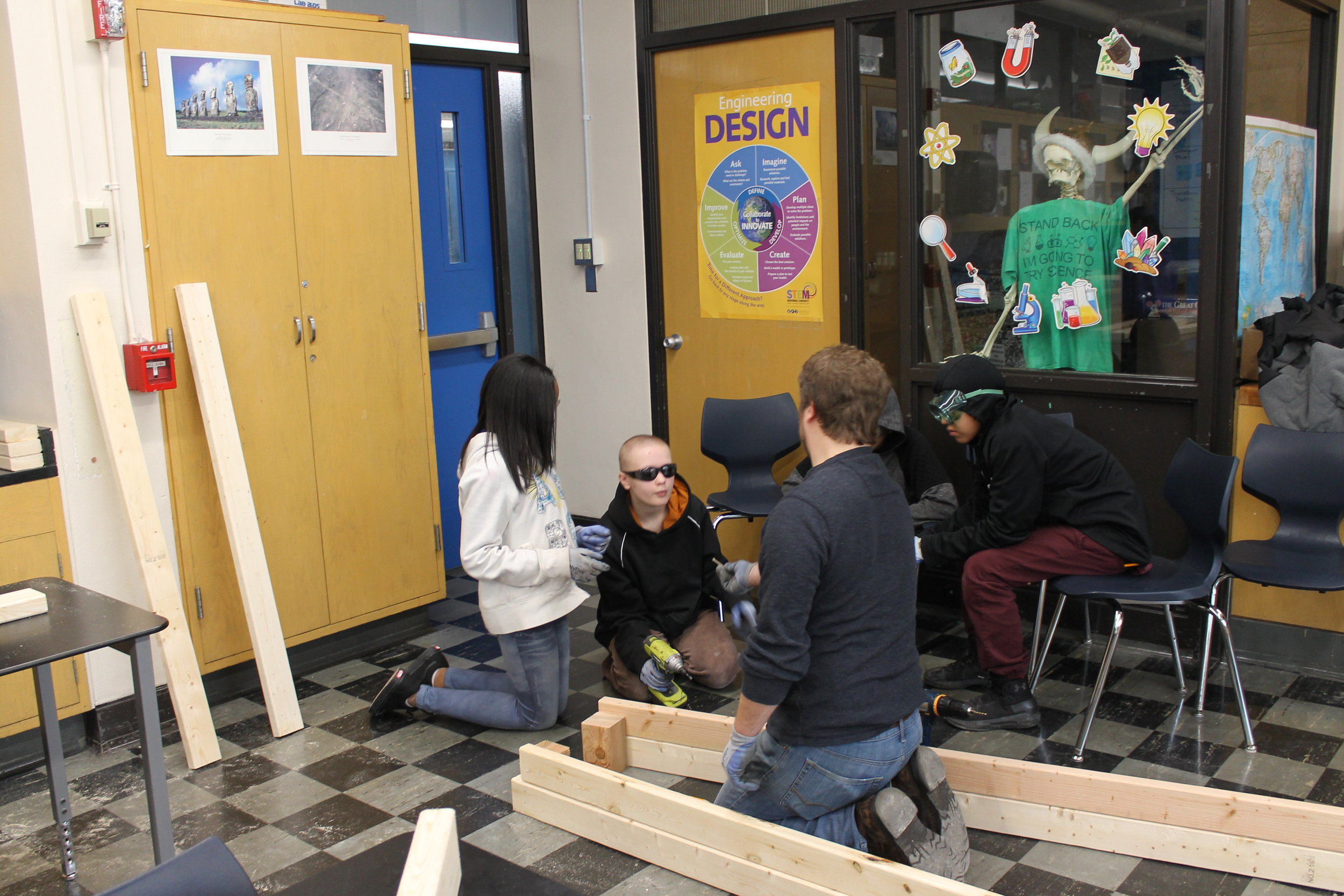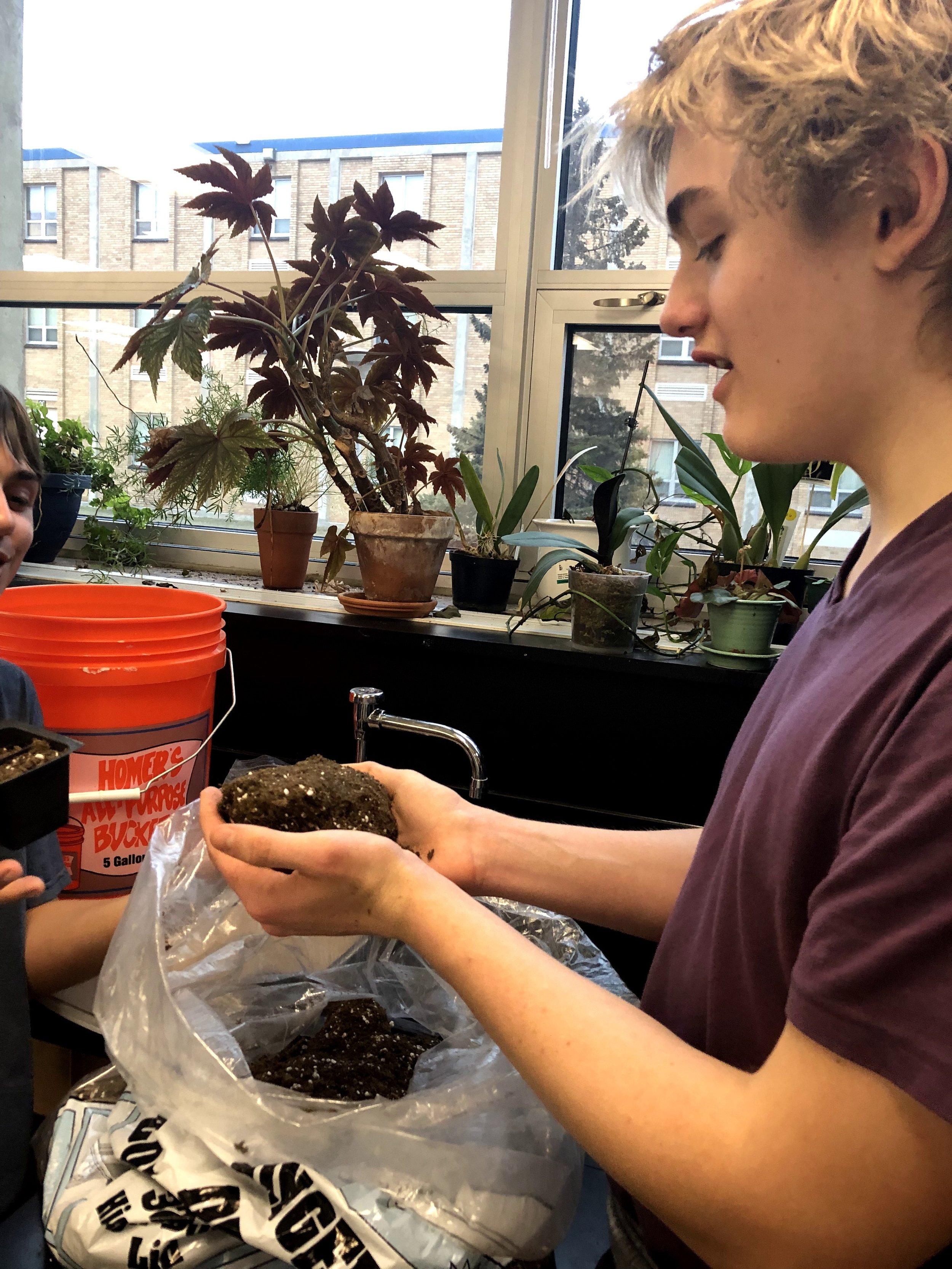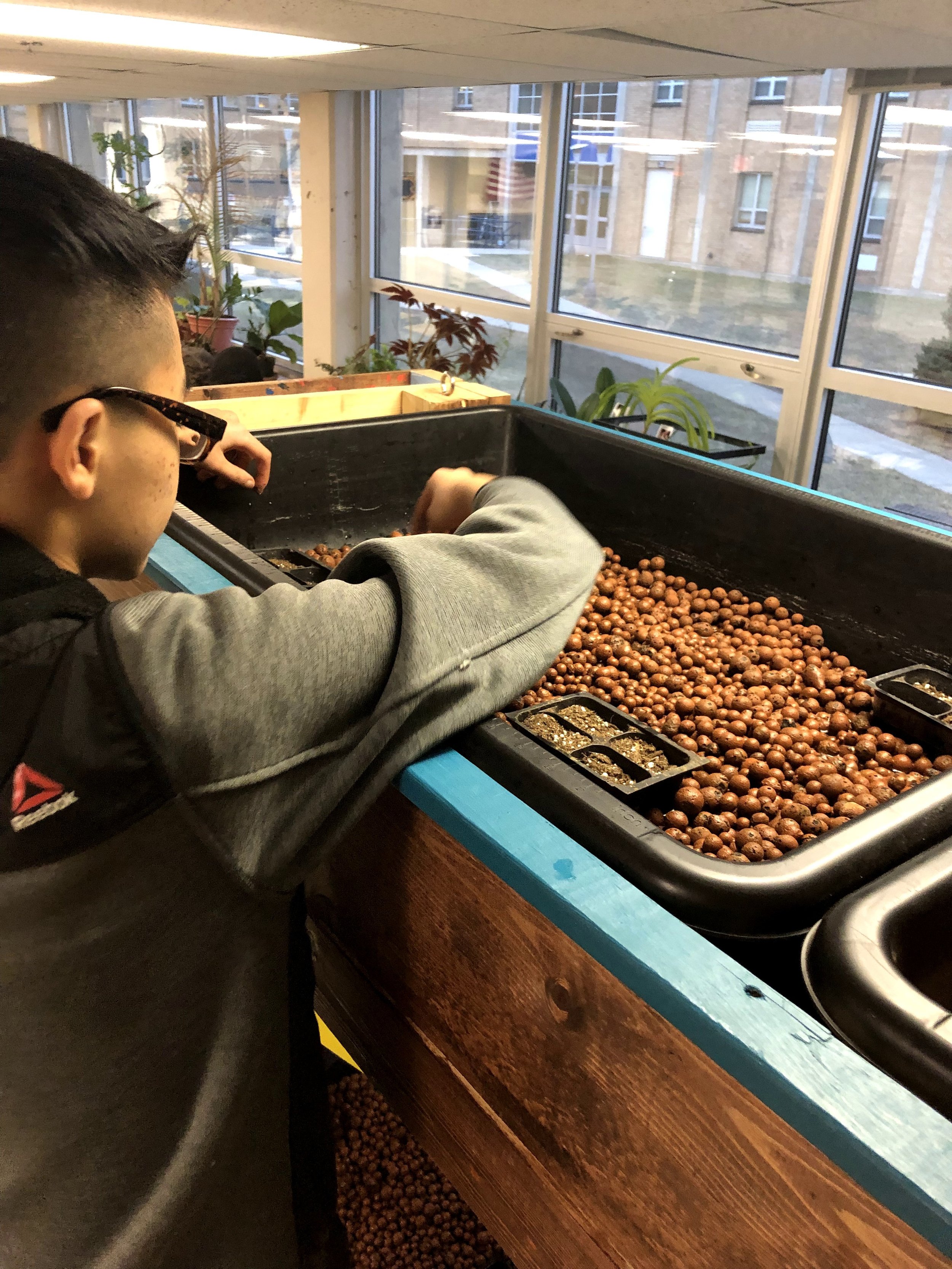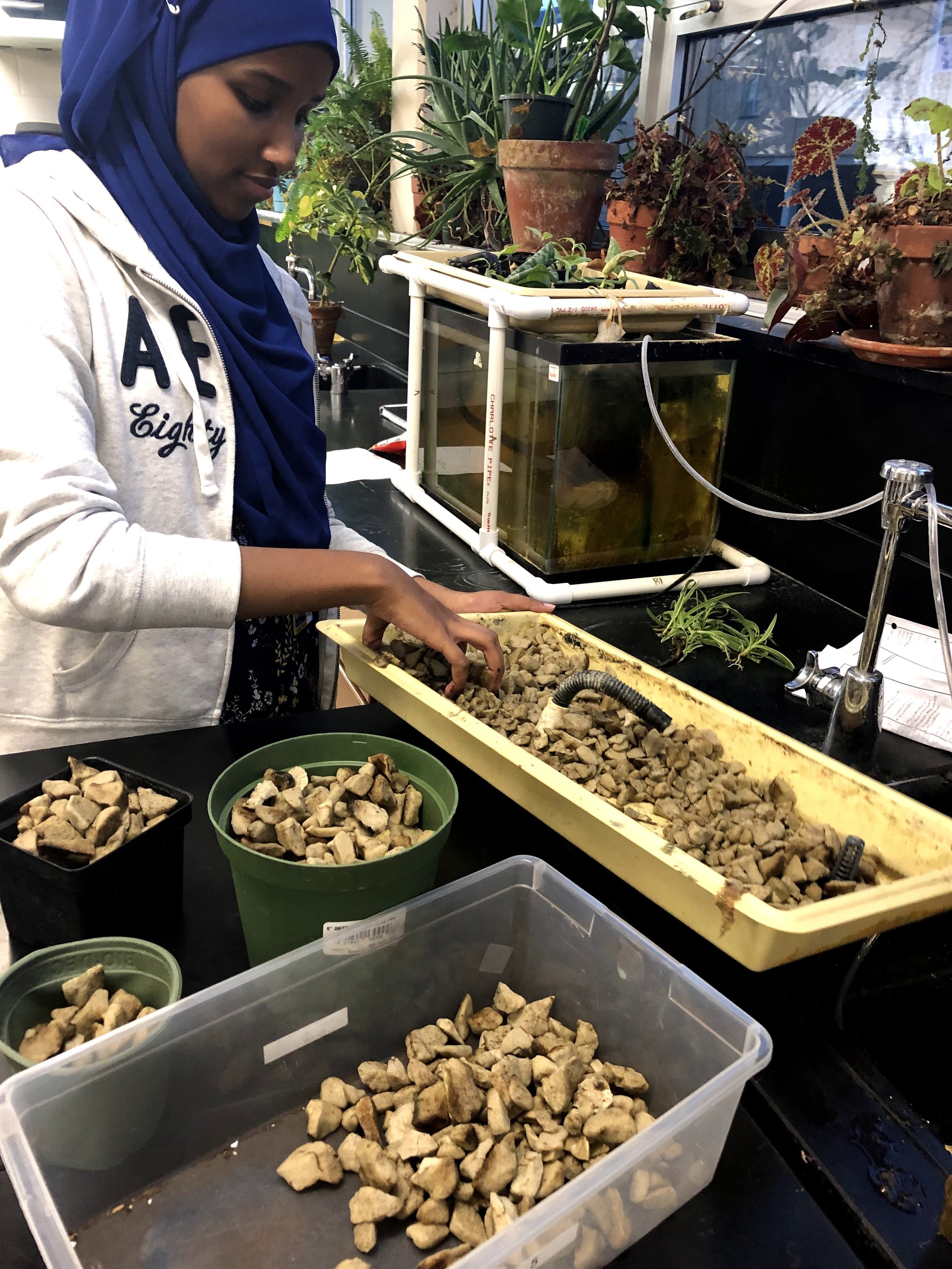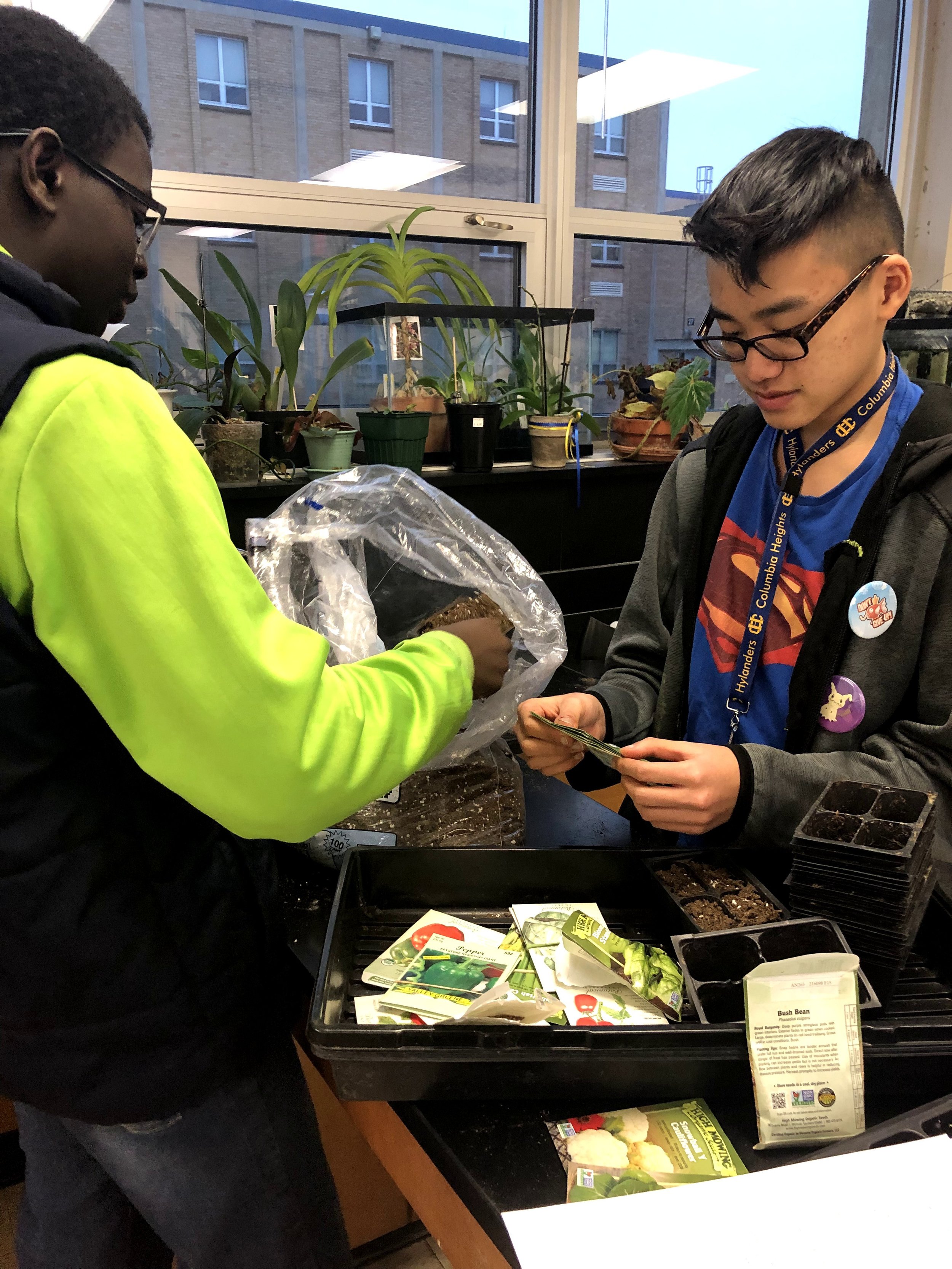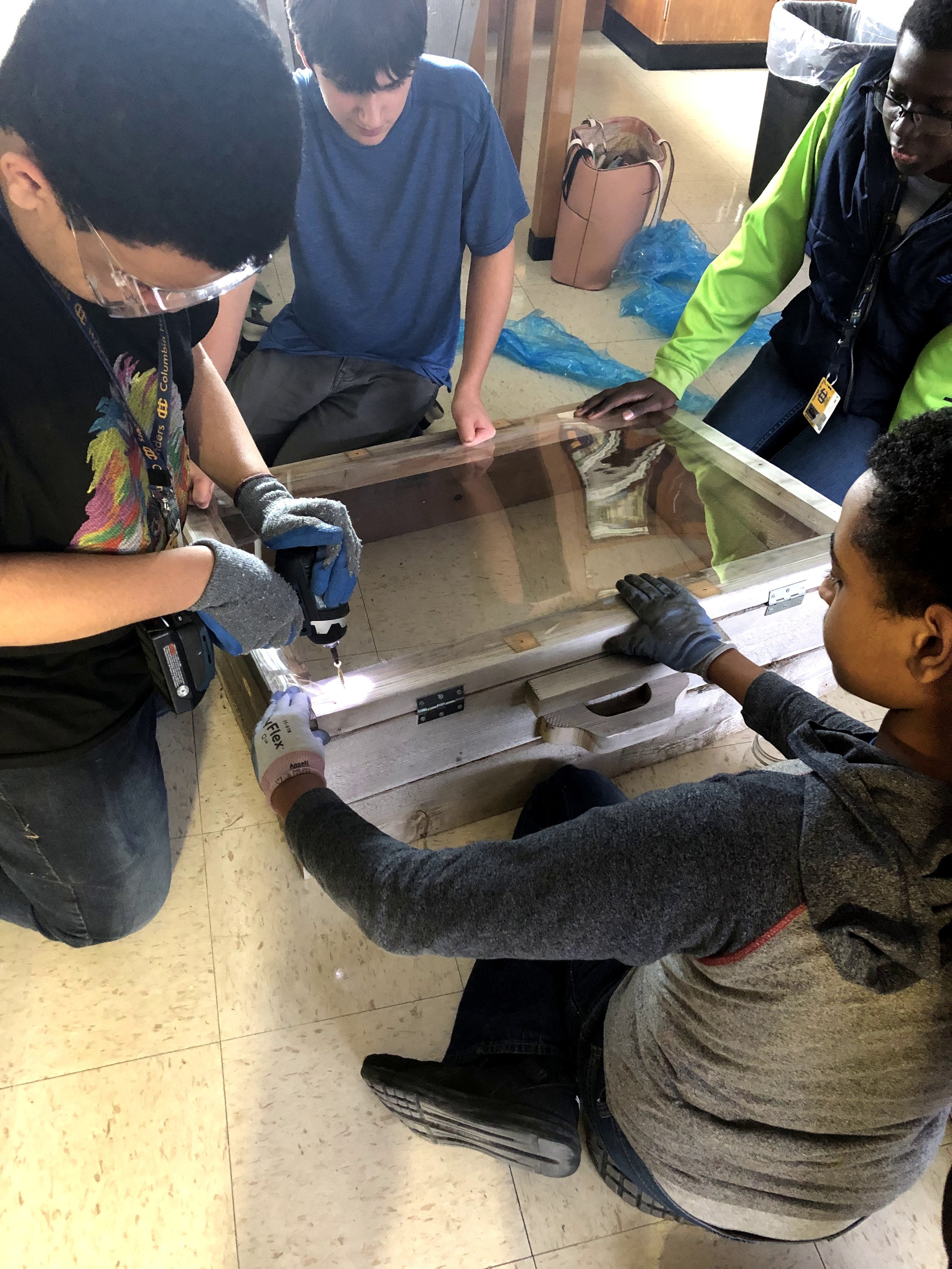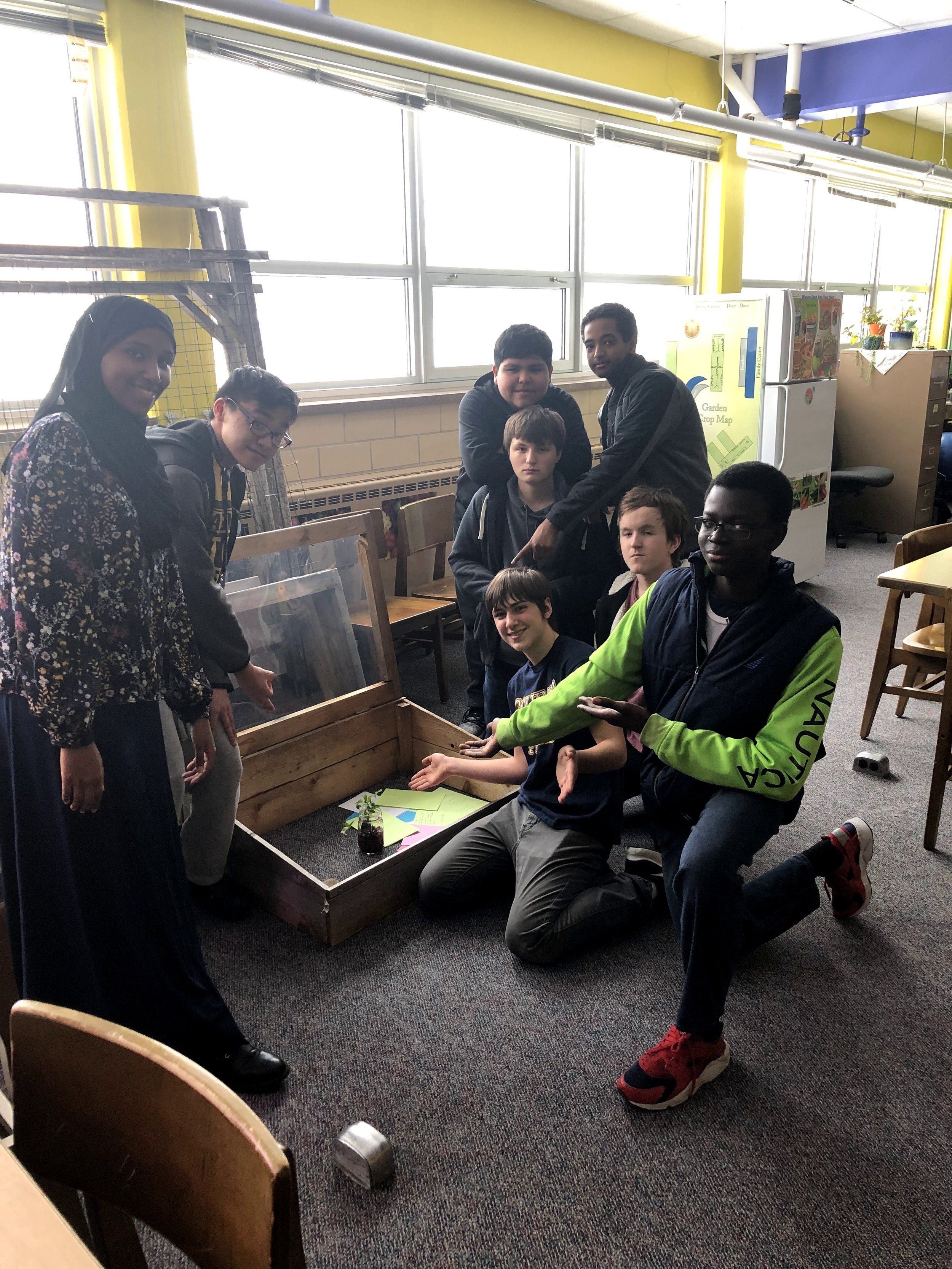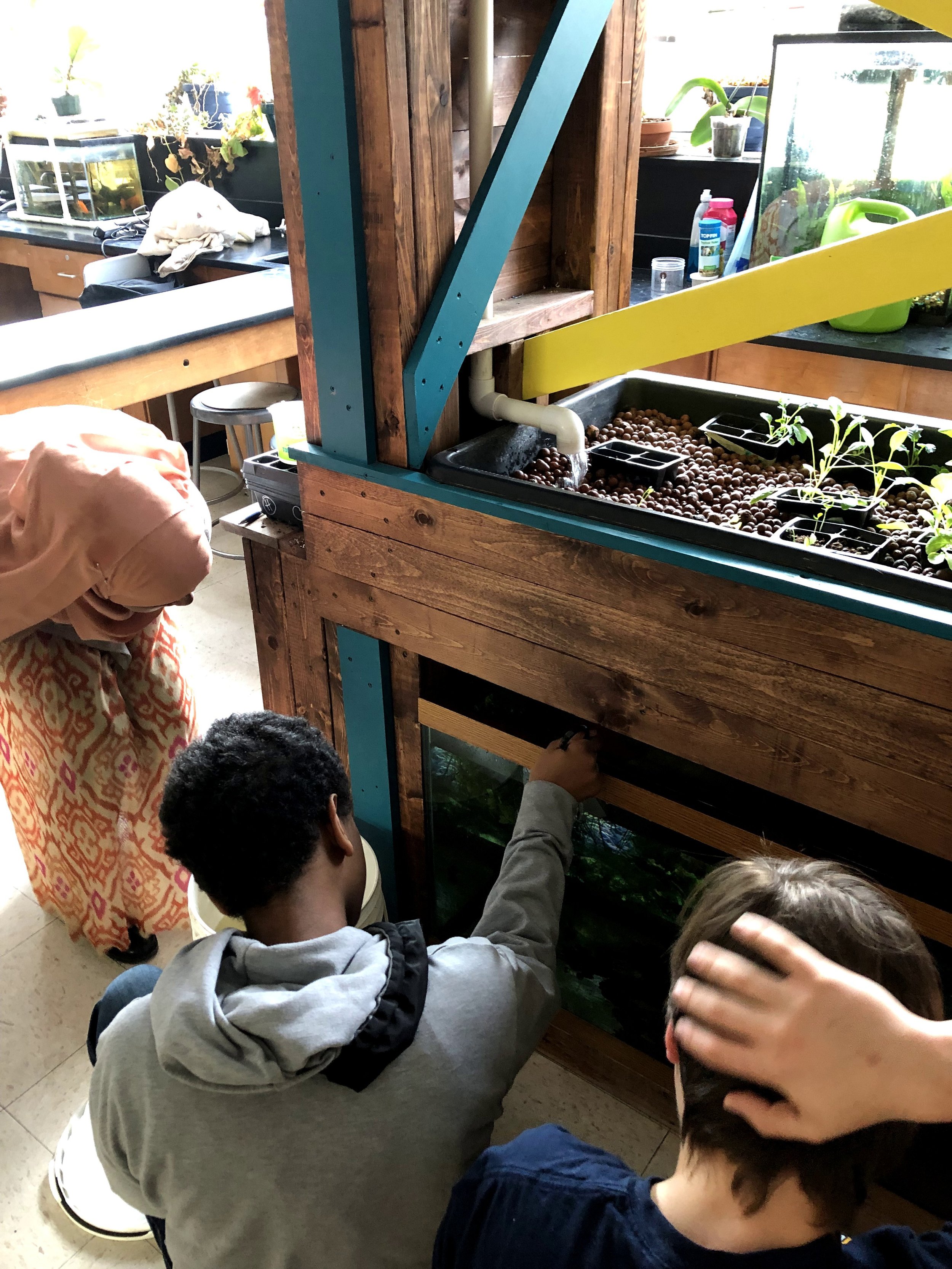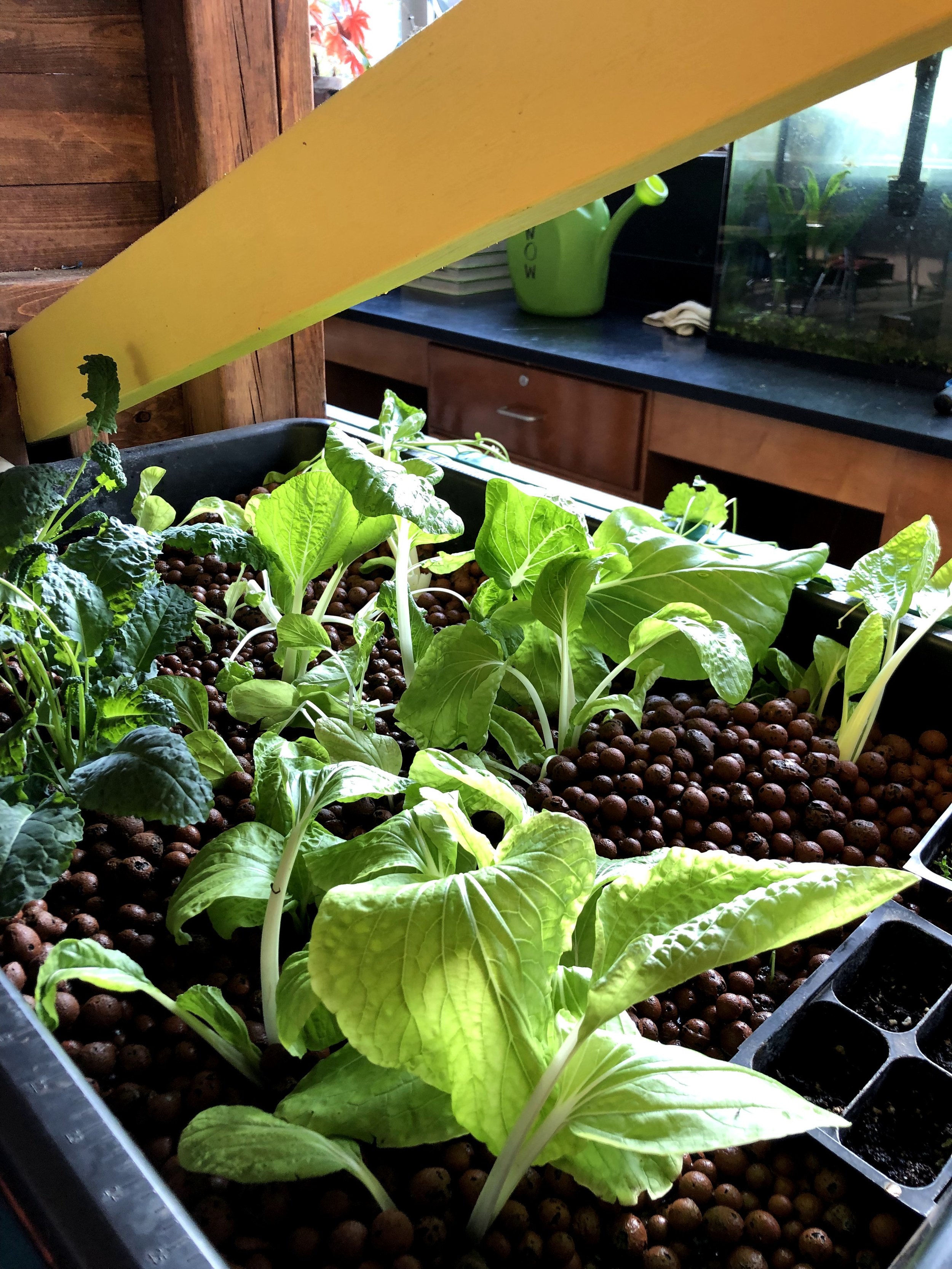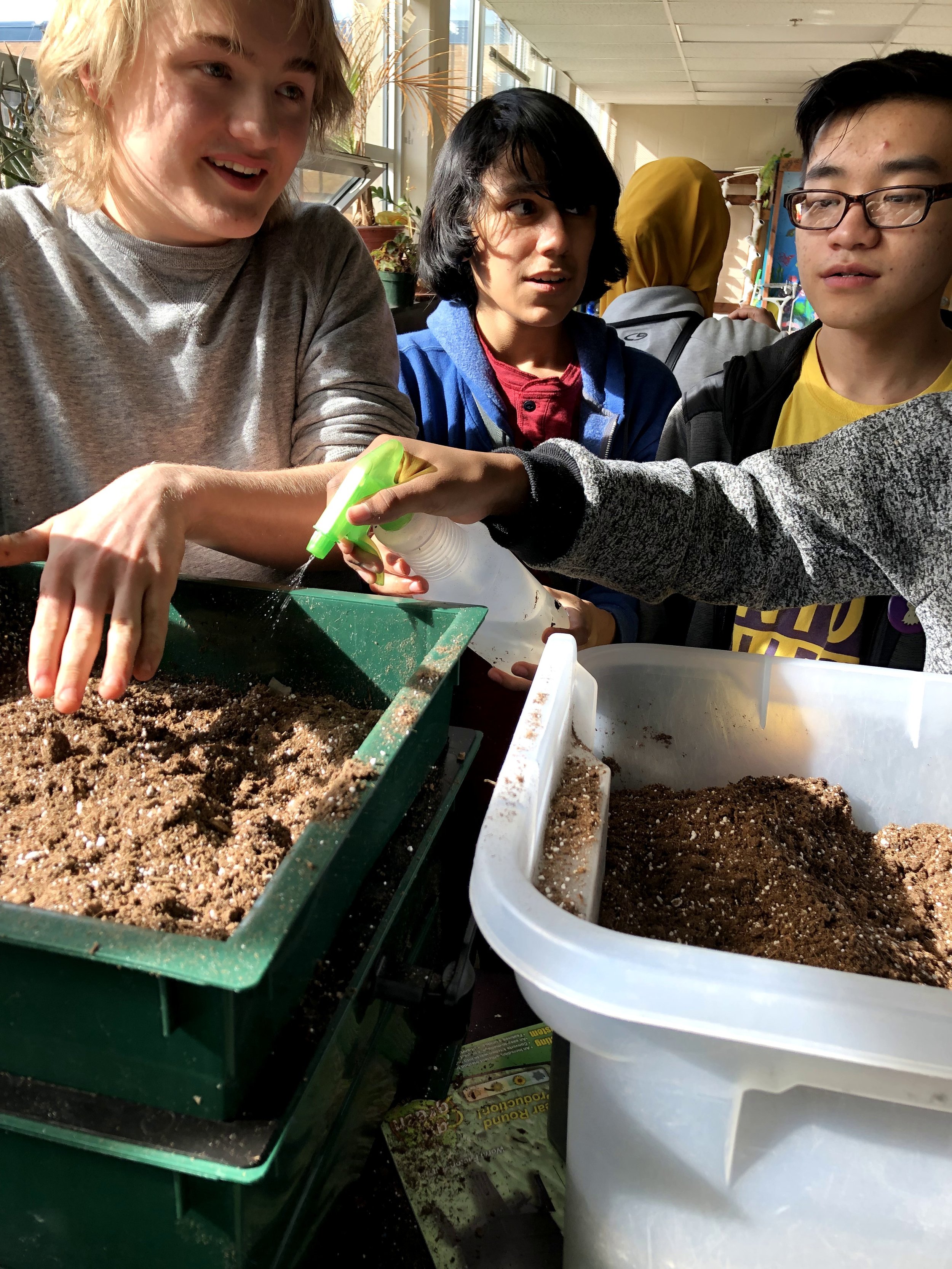The following blog post was written by Patrice Banks, Spark-Y Sustainability Educator, on her experiences as an educator at Northeast Middle School and Columbia Heights High School.
I visualize traditional teaching methods as opening up students heads, pouring in info, and changing what they may have grown to know. As an educator, I’ve learned to draw away from this method of teaching for middle-school and high-school aged adolescents. Lecturing is not always effective for youth if it’s not catered to them as an audience. I have found that traditional teaching methods simply do not work in most K-12 classrooms.
With all honesty, when I agreed to this educator role, I did not expect the impact the students would have on me. In this post, we will be exploring three ways I have changed my approach to education as a result of these experiences.
There is patience to be a scholar, and patience to be a teacher.
PROGRAMMING BACKGROUND
Spark-Y is committed to deepening its involvement in regular weekly programming at two of our partner schools: Northeast Middle School and Columbia Heights High School. Our mission in these programs is simple: empower youth with hands-on education rooted in sustainability and entrepreneurship. We rely on sustainability educators such as myself to drive changes in the classroom and teach content relevant to STEM-education, professional and personal development, amongst other things.
I’ve realized teaching requires more than my presence in the schools to empower youth. To enhance these students’ learning experiences and empower them, it’s important to make strides towards trust and relationship-building. As an educator, I’ve had to adjust my way of teaching so that students may better interact with each other and supporting teachers; intuitively teaching them to be change makers.
3 Lessons for Empowered Teaching
Collaborative Learning
At Northeast Middle School, 7th graders engineered and constructed raised garden beds for use in their school’s courtyard. This build was the first of its kind at the middle school, and a first-time experience for most students. Using their strengths in creativity and inquiry, the students cooperatively designed the garden beds for use throughout the school year. Despite the long duration of winter this year and blizzard filled days, 7th graders genuinely enjoy being able to use the outdoor space for learning.
The road to where students felt comfortable merging their social strengths with learning about sustainability did not come easy - I had to have more patient with teaching newer concepts to students. I was not used to ‘group work’ for middle schoolers, and this is where I was the one learning something new. Middle school youth are more passionate about working as a team to solve problems. To testify to this, even disruptive students involved and outside classes have verbalized that they want to help with varying projects even when they are not asked to. I also rarely see students engage in Spark-Y activities by themselves at the school. By creating an atmosphere of collaborative learning, youth in the classroom are more engaged and empowered.
I believe there’s a source light that every student has waiting to be shared with others!
Linking Youth Empowerment to School and Community Needs
“We just don’t do what some of these neighboring middle schools do with their waste,” said one participating Columbia Heights high school student when asked to reflect on the schools waste management. This led to more questions about the why behind the school’s lack of encouraged participation in waste reduction.
After learning what these students felt about their school’s initiatives, it became apparent to me the importance of linking youth empowerment to meeting the needs of the school and school community. While students can still gain empowerment by helping others, they get even more emboldened as they identify the differences they’re making in their school community.
This year at Columbia Heights High School (CHHS), Spark-Y drew students closer to establishing organic waste diversion through the utilization of a vermicomposting system. Along with other opportunities, youth have been engaging and learning through the maintenance of a now-thriving school aquaponics system, as well as project builds at the Blooming Heights garden. This project uniquely linked empowerment and sustainability to the needs of this school population.
Another need in schools, is the consideration of other factors, such as economic disadvantages or race/ethnicity. In fact, big differences between test score ratings for different race/ethnic groups may suggest that some student groups are not getting the support they need. These are the schools and classrooms where Spark-Y’s meaningful and on-purpose hands-on teaching presence is needed.

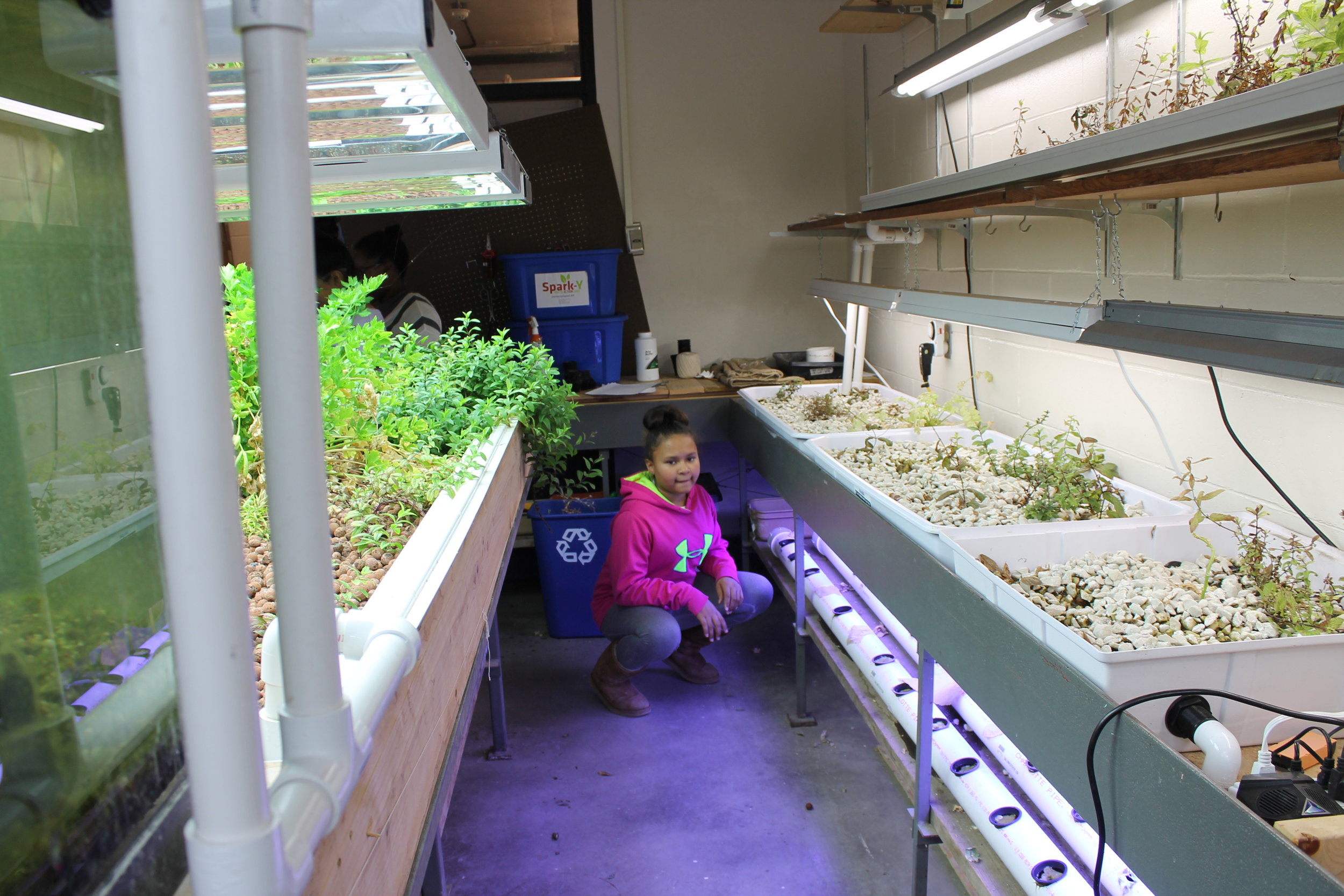
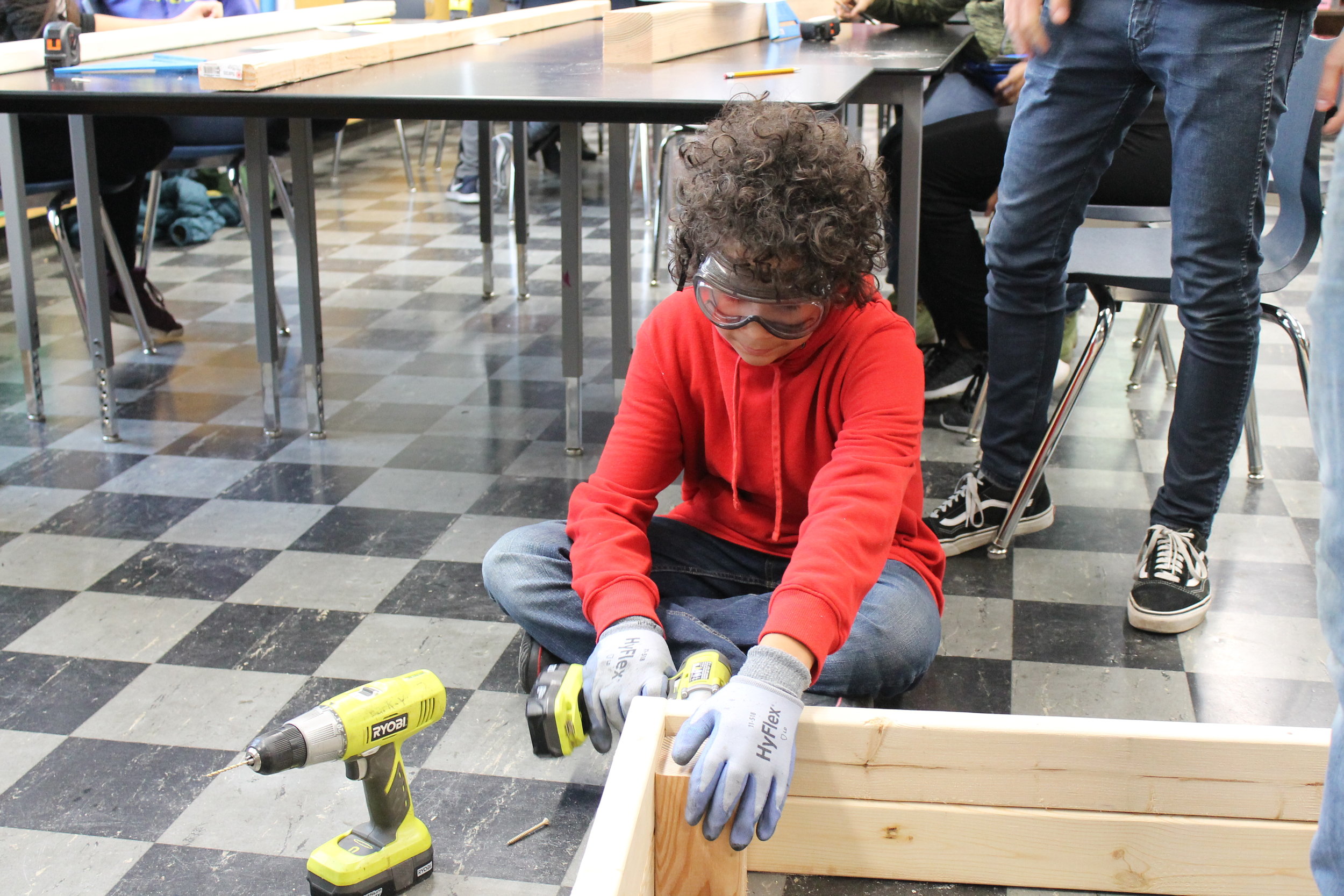
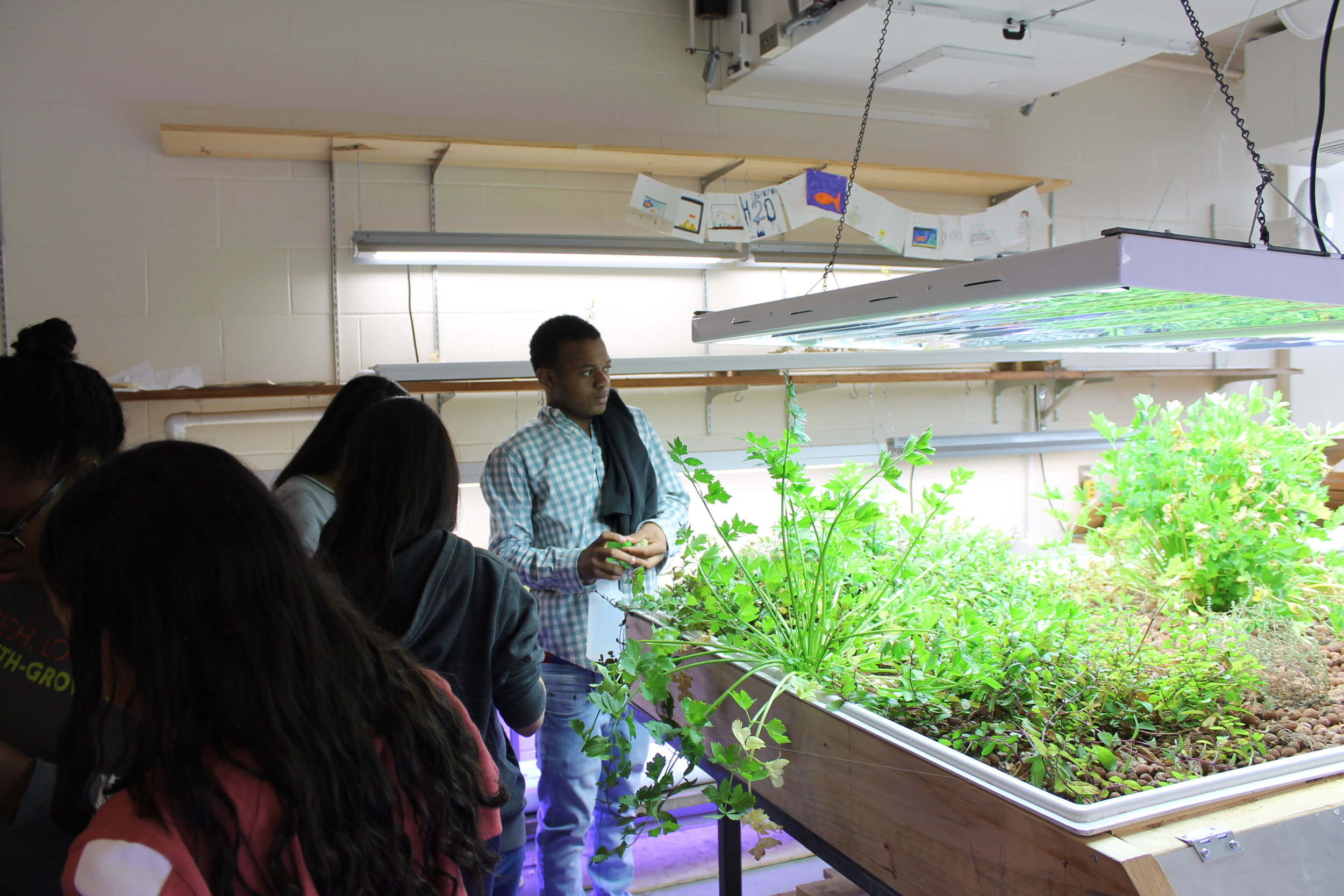
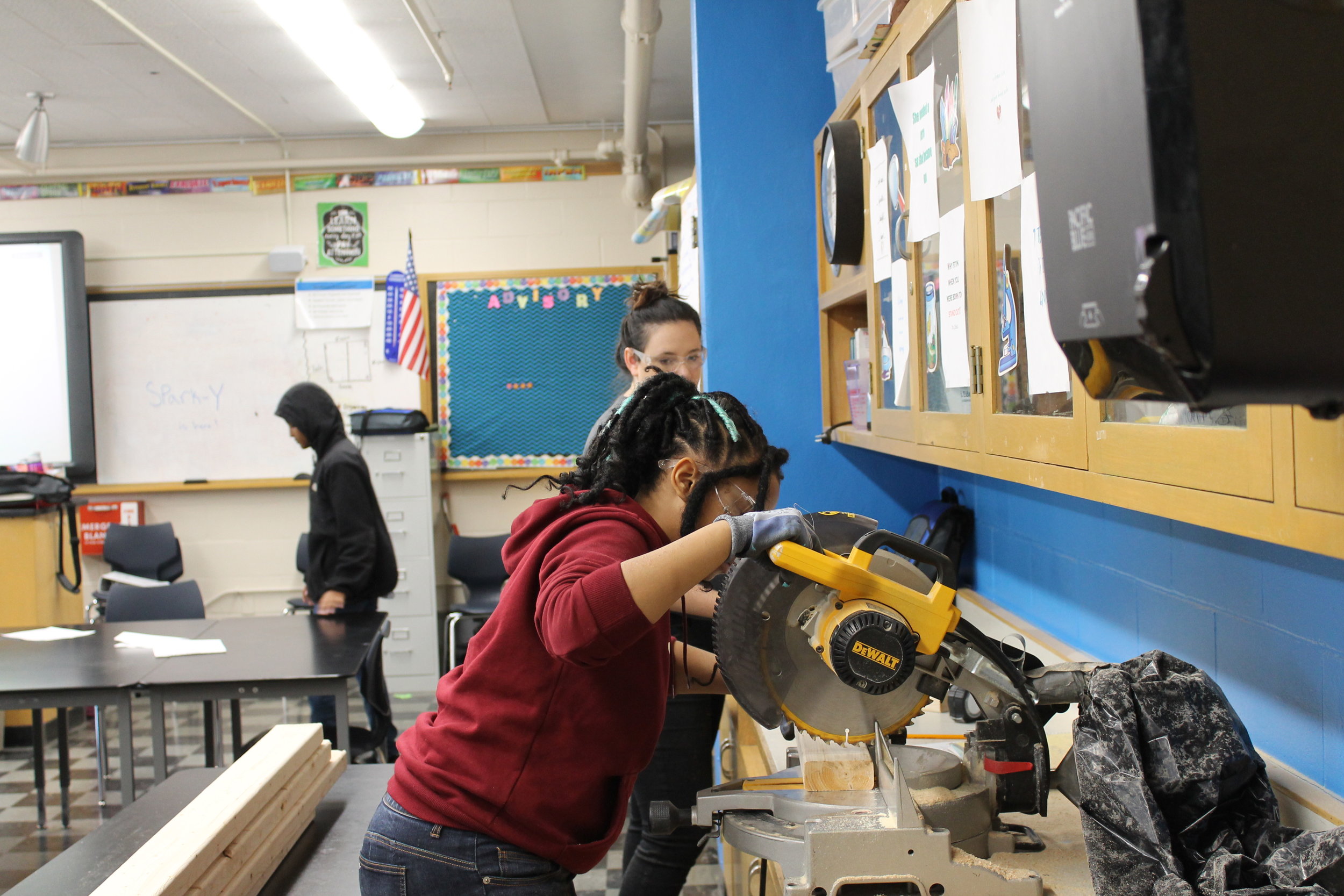
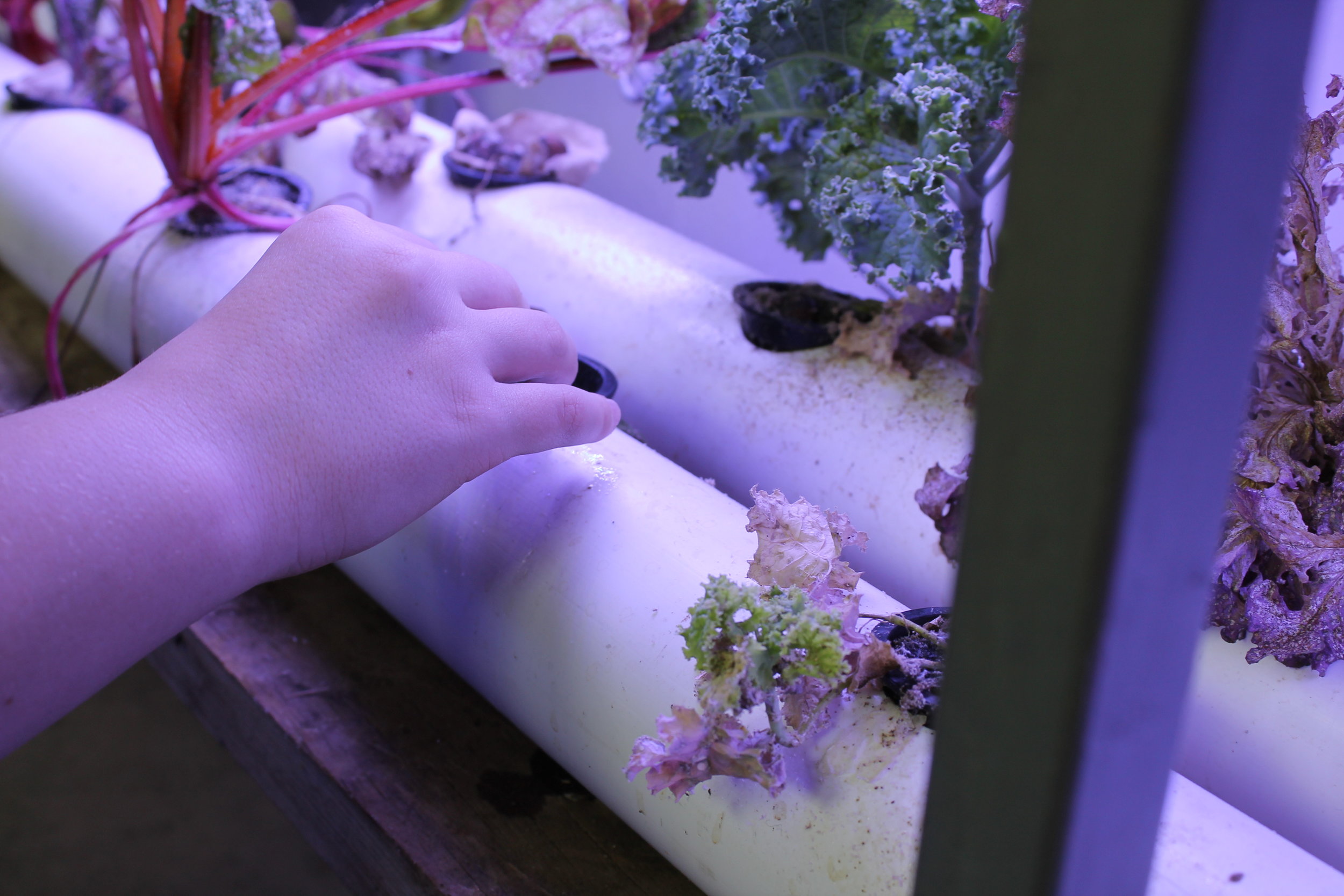
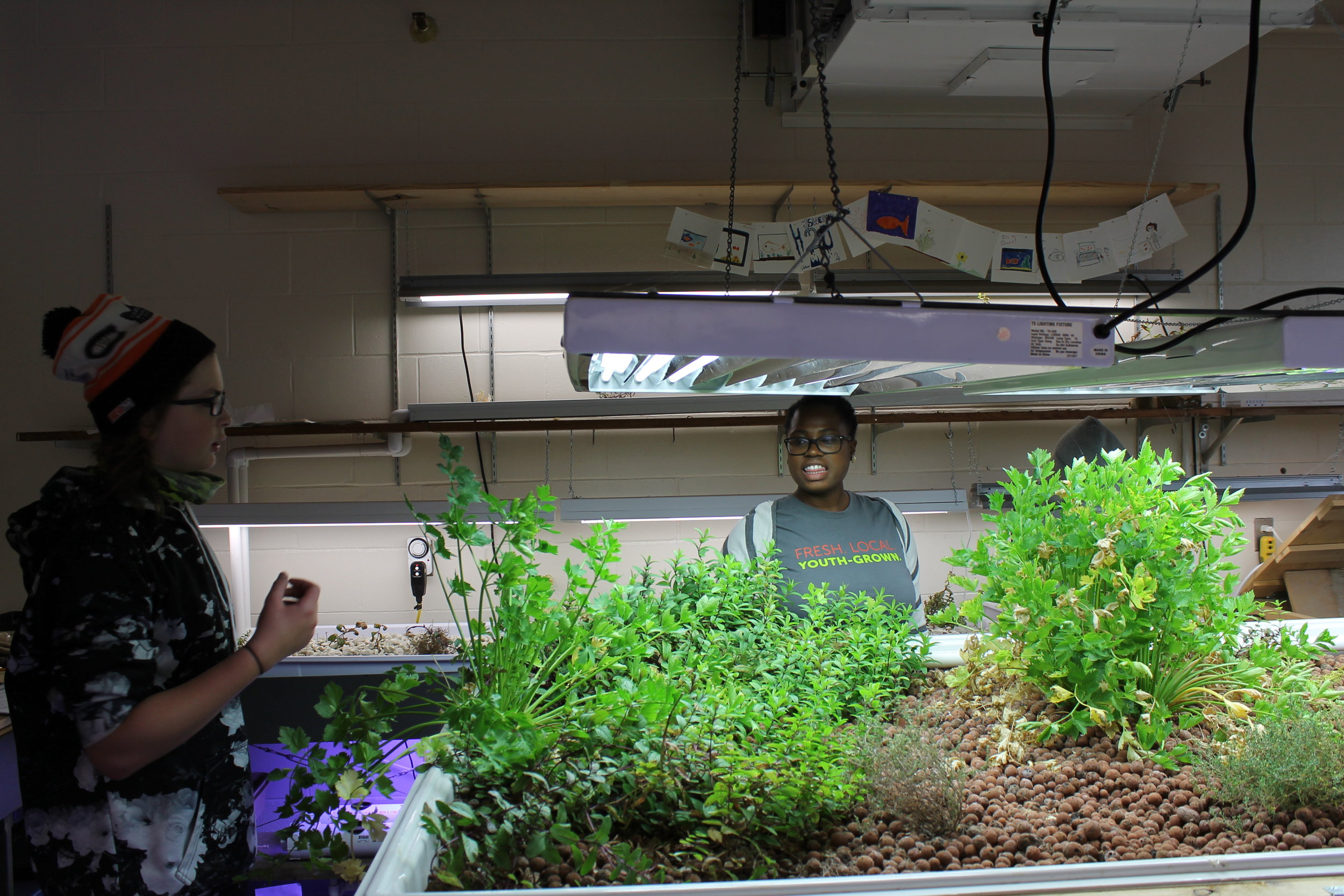

Hands-on Learning to Support Creativity
In most public school systems, students are provided with schedules to help with the organization of their day. Similar to previous decades; students follow standard schedules beginning, ending, and changing classes at the same time. The benefit of this is that there is order and structure. The disadvantage of this is just that - there is order and structure.
My suggestion to educators seeking to have an engaging environment: stimulating students’ learning with a hands-on approach rather than having students simply sit, listen, and memorize.
Consider this: seek to learn from our students as we strive to make an on-purpose effort to engage and empower them!
I hear I forget.
I see and I remember.
I do and I understand.
- Chinese Proverb
